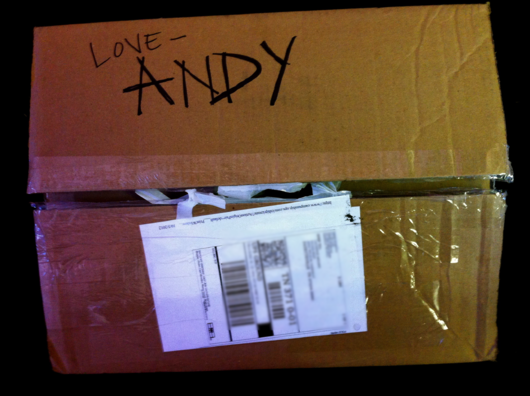I’m a huge geek when it comes to the Apollo space program. I’ve got an autographed photo from the Apollo 11 crew hanging in my office alongside a piece of the parachute line from that mission. My grandmother worked with the NASA team in Huntsville, Alabama, in the 1960s so every time I see her I try to get another story of that era out of her.
Recently I’ve been reading “Chariots for Apollo” from Charles Pellegrino and Joashua Stoff. It’s one of my favorite books on the race to the moon.
One section tells the story of Tommy Attridge, a Grumman test pilot assigned to the lunar module (LM) program. The Grumman Corporation received the contract to build the craft that would carry astronauts down to the lunar surface. However, the LM team kept second guessing themselves with their designs and decisions. Their line of thinking was, “This craft would put a man on the moon so it had to be perfect!”
When he arrived at the Grumman plant in 1967, Attridge focused on one question – “Must we build it better?” And he learned very quickly that better is the enemy of best.
Enter LM-3 (lunar module-3). An engineer finished installing the landing radar on it only to tell Attridge, “We have the best radar in the world today. But tomorrow, I can make it better because just yesterday they invented this new transistor. And if I can put the new transistor in here and add this integrated circuit. You know, now we that we have integrated circuits, we can build it better.”
Tommy answered, “Sure. Why not? We can keep putting a better one in every day. Let’s see if we can’t stretch this thing out till 1990.”
Every new day brings new gadgets and gizmos. Whatever project or product you’re working on, there’s probably something that will make it just a tad bit better tomorrow. And a little bit better the day after that. And a smidge better the following day. But for every thing that makes it better, it means one more day of not shipping.
That engineer ended up going over Attridge’s head to get the landing radar replaced. With the “better” choice came new problems as it kept locking up on itself, which made the new tech worthless. That choice ended up delaying LM-3 so that Apollo 8 launched without it. The Apollo teams found themselves even farther behind in the space race.

